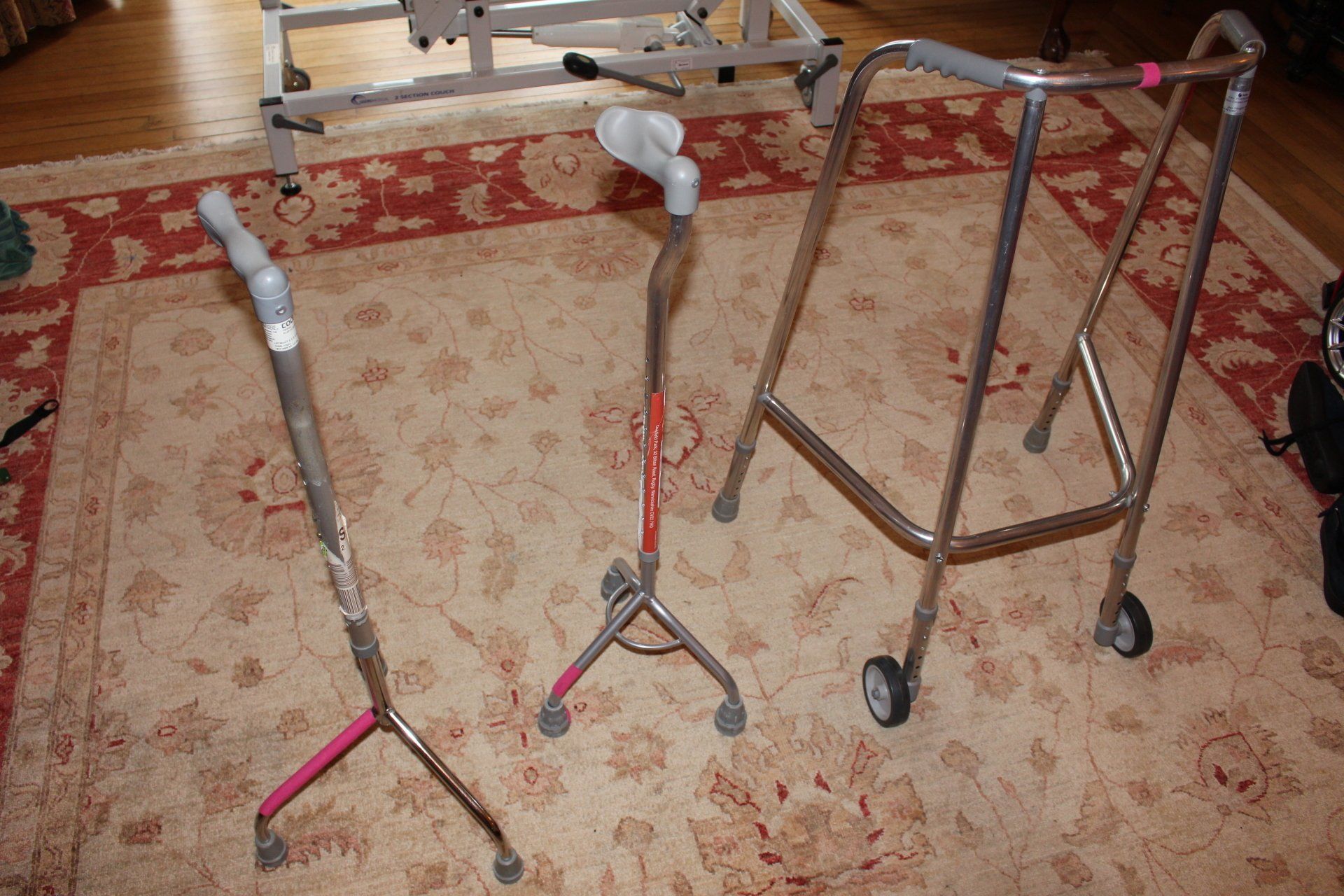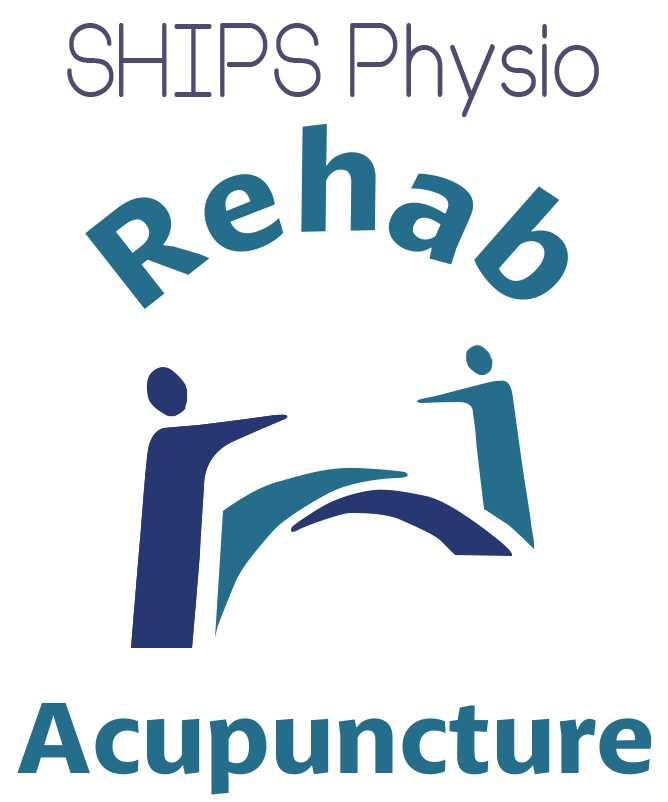How to sit and stand after a stroke. UK Physiotherapist gives some general tips
A quick revision of what happens when we stand,
and how to improve it when it's difficult
It's always good to get help if you know you have difficulty with these movements. One thing to remember is that progress can be slow, and it's ok to take time to get this right.
It's unlikely that restoring the lost ability to stand will happen over night, so break the activity down into stages, so that you feel safe doing it. Ask for advice if you're not sure.
My
Tips
Advice, recommendations and some further information
Physio for Stroke, Head Injury, Parkinson's Disease, Spinal Cord Injury






